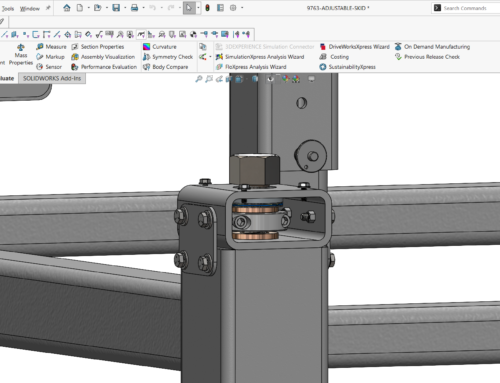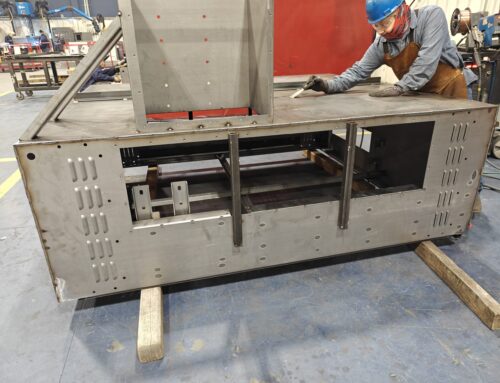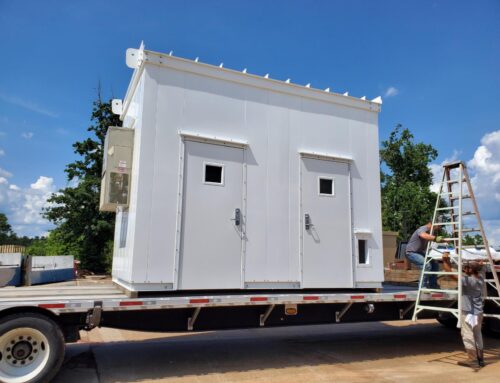When in doubt, design your sheet metal parts for press brake forming instead of stamping—unless you need extremely high volumes of the same part.

Let us explain.
Sheet metal fabricators often receive drawings of parts that have been designed for stamping rather than press brake forming. Unfortunately, stamping and press brake forming have different design considerations. And unless the customer is prepared to pay an astronomical amount of money to have the part stamped, they end up redesigning the part for a press brake instead.
There’s an opportunity to save both time and money by avoiding design for stamping at all except the largest order quantities.
Stamping Is Cost-Effective for High Volumes Only
Stamping is an excellent solution for production volumes, but it’s nearly impossible to justify for prototyping or low volume production quantities of sheet metal parts.
The stamping process consists of using fixed dies to continuously stamp parts, either in one hit or in multiple hits using a progressive setup. Shops use these automated and semi-automated operations to make the same part thousands or even hundreds of thousands of times with no real human interaction required.
But there are two major downsides to this process: 1) the dies used for stamping can get incredibly expensive as part sizes increase and 2) setting up the operations requires significant upfront engineering.
As a result, the economical order quantity for stamped parts is much higher than it is for parts requiring sheet metal fabrication services like laser cutting, punching, and press brake forming.
No one wants to spend thousands of dollars in tooling charges for 10-100 brackets, which is why Ameritex recommends designing prototype and low volume sheet metal parts for press brake forming instead of stamping.
Updating Sheet Metal Part Designs for Press Brake Forming
Updating a design for press brake forming instead of stamping typically involves eliminating free form shapes, like the ones pictured here:



Shapes that bend in many directions are sometimes impossible to make using a press brake. Often the solution for prototyping is to divide the part up into several parts that bolt or weld together. To further reduce costs on these parts, we also recommend loosening tolerances, reducing part complexity, and designing for standard tooling whenever possible.
The great thing about designing sheet metal parts for press brake forming is that you can use those same designs for stamping if you plan to eventually switch to that manufacturing method for high volume production. The same logic doesn’t always apply in reverse, though—when in doubt, stamping is out. 😉
If you have a part that requires press brake forming or any other metal fabrication services, send it our way! We’ll always jump through hoops to get you your custom fabrications as quickly and cost-effectively as possible.




